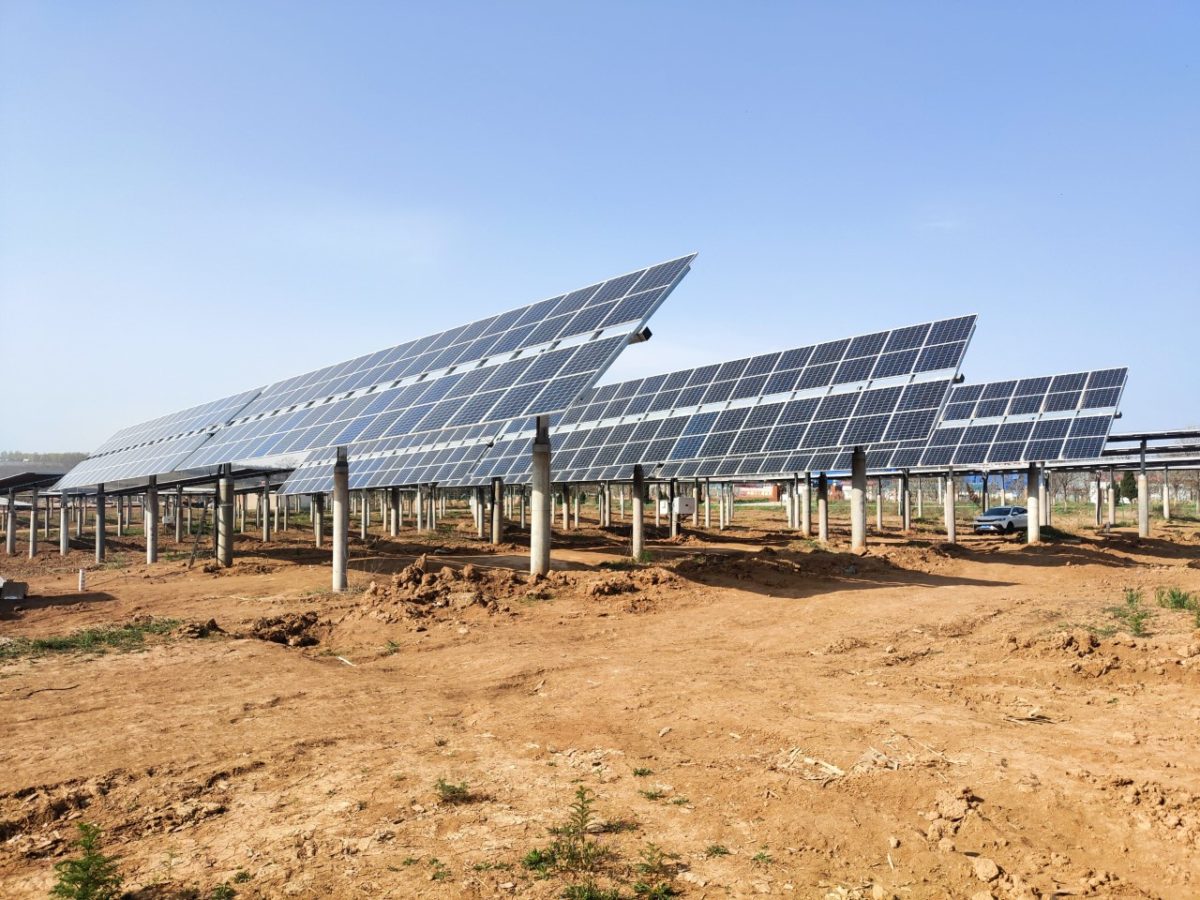From pv magazine USA
China's Trina Solar has introduced two new series of products featuring an N-TOPCon configuration.
It designed the Vertex N line commercial, industrial, and utility-scale applications, and the Vertex S+ line for residential rooftop PV systems. The two products were recently introduced at the RE+ conference in Anaheim, California.
Trina Solar Marketing Manager Melissa Cavanagh told pv magazine that it will soon exclusively produce TOPcon modules. The company said it is also mulling the potential to set up manufacturing capacity in the United States now that the Inflation Reduction Act has been passed. The act packs in numerous incentives for solar manufacturing at every leg of the module supply chain, as well as balance-of-system components.
The Vertex N is a 210Rmm N-TOPCon module with a maximum output of 595 W. It has a bifaciality factor of 80%, up from the 70% that traditional polysilicon solar cells produce.
The Vertex S+ is a 430 W module designed for residential rooftop applications. It has a max efficiency of 21.9%. The module features a lightweight dual-glass design for enhanced safety, lifespan, and durability.
The product is backed by a 25-year product warranty and a maximum annual degradation of 0.4%. S+ includes all Vertex series technologies such as 210 mm multi-busbar triple-cut cells, non-destructive cell cutting and high-density interconnection for low voltage and maximum string power.
TOPCon (tunnel oxide passivated contacts) solar modules are a focus for Trina as they provide higher efficiency, lower degradation, and a better temperature coefficient when compared to conventional modules.
“TOPCon is not new to Trina, we built our first pilot project four years ago – a 400 MW solar plant under China’s Top Runner program,” Helena Li, president of the company’s global cell and module business, told pv magazine Smarter E event in Munich, Germany. “We utilized our own n-type TOPCon technology in that project, but when we built that customers were not ready to buy these products, as prices were too high, although we had a production line of a certain size. However, we built on this experience for our current approach.”

Image: Trina Solar
This content is protected by copyright and may not be reused. If you want to cooperate with us and would like to reuse some of our content, please contact: editors@pv-magazine.com.




Very impressive magazine and helpful